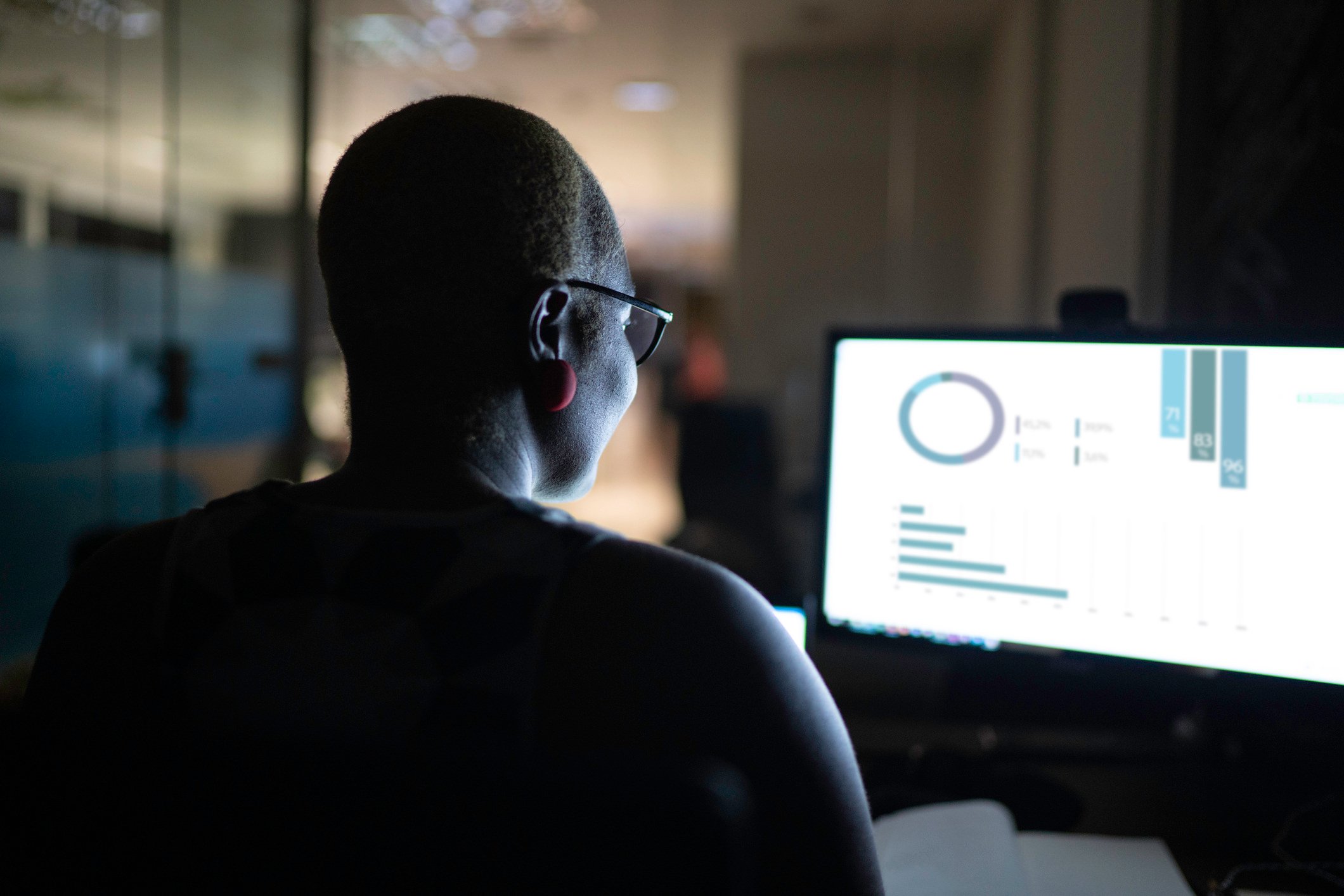
Cautiously, carefully, optimistic. Stocks rallied yesterday, picking up steam throughout the session, on optimism that things may be getting a little better. Energy got a boost on hopes that talks scheduled for today will yield the supply cuts necessary to stabilize prices.
N O T E W O R T H Y
Step with purpose. Yesterday’s rally was an interesting one. The S&P500 closed up by +3.41% placing it into a bull market. “WHAT!?”, you exclaim, “Isn’t this the worst crisis to hit markets since the Great Depression?” Technically speaking, a bull market occurs when an index trades more than +20% off its lows (a bear market is the opposite). Yesterday’s close for the S&P500 was +22.91% higher than the index’s nadir on March 23rd, placing it firmly in bull territory. It took 12 days, just slightly longer than it took the Dow Jones Industrial Index which entered bull territory at the end of March. So now that we are in a bull market, does it mean that all is good and that stocks will get back to the rally mode we are all familiar with? Not necessarily. As indicated earlier, a bull or bear market is defined by a rigid percentage, which has absolutely no anchor in forecasting the future performance of an index. It is quite impressive, and notable however when an index can rise +20% or more in just over two weeks of trading. Also notable is how fast stocks hit a trough after falling nearly 34% in less than a month. What we are witnessing is the positive side of volatility, which admittedly, feels much better than the negative side. Thankfully volatility is almost 50% lower than it was when it peaked in mid-March, but it is still high. With the VIX index trading at 44.4, traders expect the S&P index to be +/- 12.8% higher or lower within the next month. Remember that volatility rises with uncertainty and while we are surely getting a better handle on what the potential path of the virus is, there are many unknowns that still lurk in our future. At this point we expect economic numbers to be weak as the US economy has gone on furlough and weekly job losses are counted in millions. Some may argue that the market has now factored in a strong but short-lived recession. That may very well be the case, but the future direction of many individual companies still remains a wildcard. Wild swings in the most affected industries reflect traders attempts to handicap their health once we emerge from this dark chapter. It is far too early to know whether this infant bull market will thrive, but it is starting to become clear that while things will eventually get better for the economy, it won’t be business as usual, which means that some companies who thrived in the past may have a hard time going forward. Investors who have diversified exposure to the markets will be less exposed to the idiosyncratic risks of individual companies.
Hidden costs. This morning, we will get March's Producer Price Index from the Bureau of Labor Statistics. The number is expected to show that prices paid (excluding energy and food) by retailers grew by +1.2% year over year, which is far below the 2.0% - 2.5% range which we had in 2018 and 2019. Even those levels are considered to be low inflation. In fact, inflation these days appears to be something which is obsessed over by obscure economists at the Federal Reserve. Rightly so, as it is one of the Fed’s prime mandates to manage inflation. The good news is that inflation has been relatively subdued since the 1970’s as the US globalized low skilled labor and commodity extraction has become more efficient with technological advancement. In these tough times it seems that an obscure economic number may get even less focus, but that could be a costly mistake. The Government has just committed to spending ~$2.5 trillion dollars and more is expected in the coming days. The influx of capital is necessary, welcome, and a vital lifeline to shore up the economy. It also appears that spending on infrastructure may finally get a boost as lawmakers search for ways to spur the economy forward. All of this may ultimately result in inflation. Though the levels may not get anywhere near the levels experienced in the 70’s and early 80’s, it could be enough to put pressure on bond prices which are quite high at the moment. This may certainly not be a factor today, but diligence, now more than ever, is critical to succeed going forward.
THE MARKETS
Stocks rallied yesterday on optimism over the virus curve. The S&P500 entered bull territory just 12 days after touching bottom. The S&P500 rose by +3.41%, the Dow Jones Industrial Average climbed by +3.44%, the Russell 2000 traded up by +4.61%, and the NASDAQ Composite Index advanced by +2.58%. Bonds traded up and 10-year treasury yields added +6 basis point to 0.77%.
NXT UP
- Producer Price Index Ex Food and Energy (March) is expected to have grown by +1.2% year over year compared to last month’s +1.4% growth.
- Initial Jobless Claims (Week ending April 4th) are expected to be 5.5 million. This is a big one with whisper numbers being much higher as the backlog of applications start to get processed.
- University of Michigan Sentiment (April preliminary) is expected to be 75.0, down from last month’s 89.1.
- Fed Chair Jerome Powell will give an economic update at 10:00 AM EST, which will be closely followed. San Francisco Fed President Mary Daly will speak later in the day.
- Markets are closed tomorrow in observance of Good Friday.
.png)

